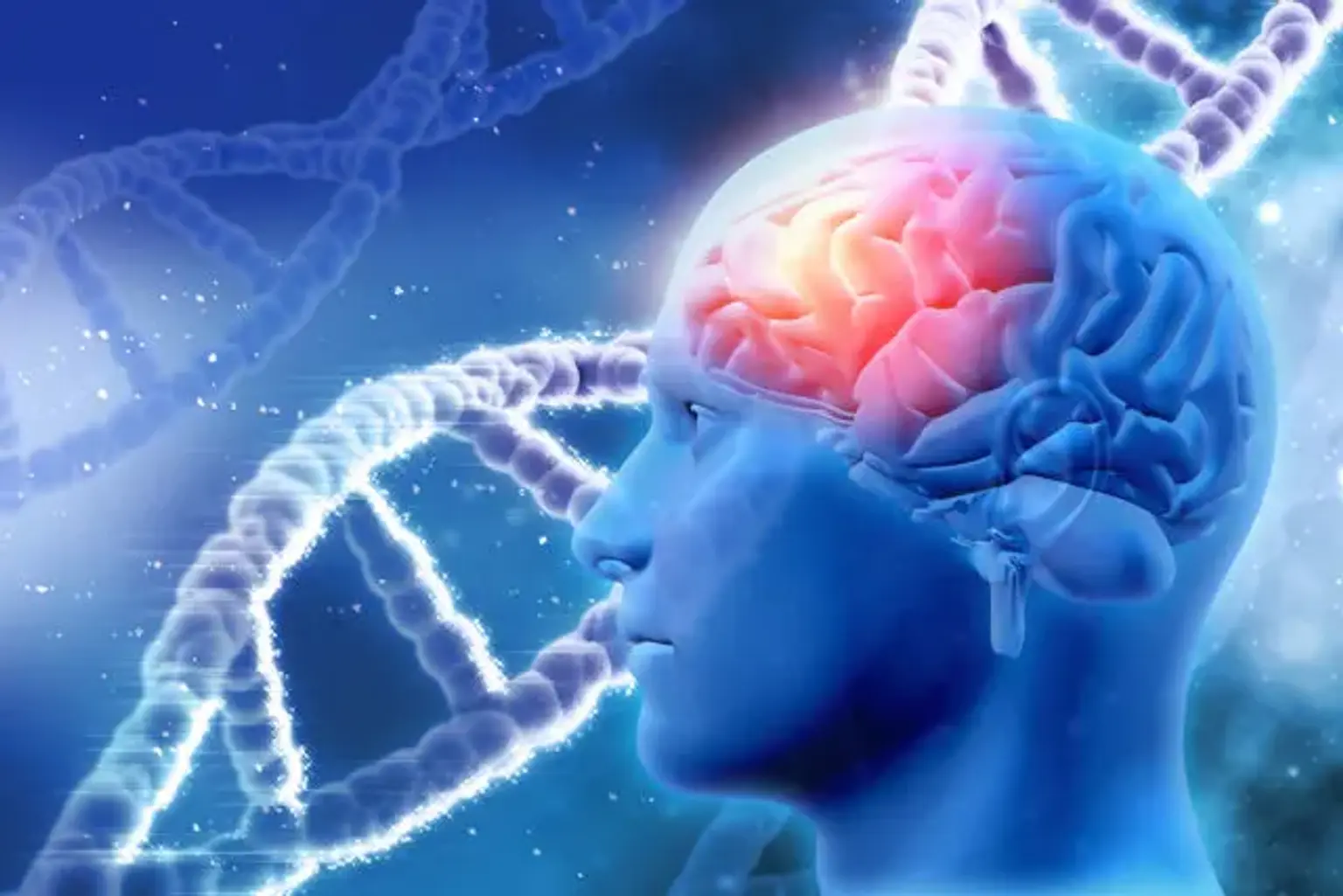Brain cancer
Brain cancer is the growth of abnormal cells in the brain that develops into masses known as tumors. The tumors are either benign (noncancerous) or malignant (cancerous). Those that start in the brain are referred to as primary brain tumors. Those which begin in other body parts and metastasize to the brain are known as metastatic or secondary brain cancers.
Based on the type of cancer, the tumors can grow and advance rapidly. This could interfere with the normal functions of the body, causing chronic and life-threatening complications. Early diagnosis and treatment are thus essential.
